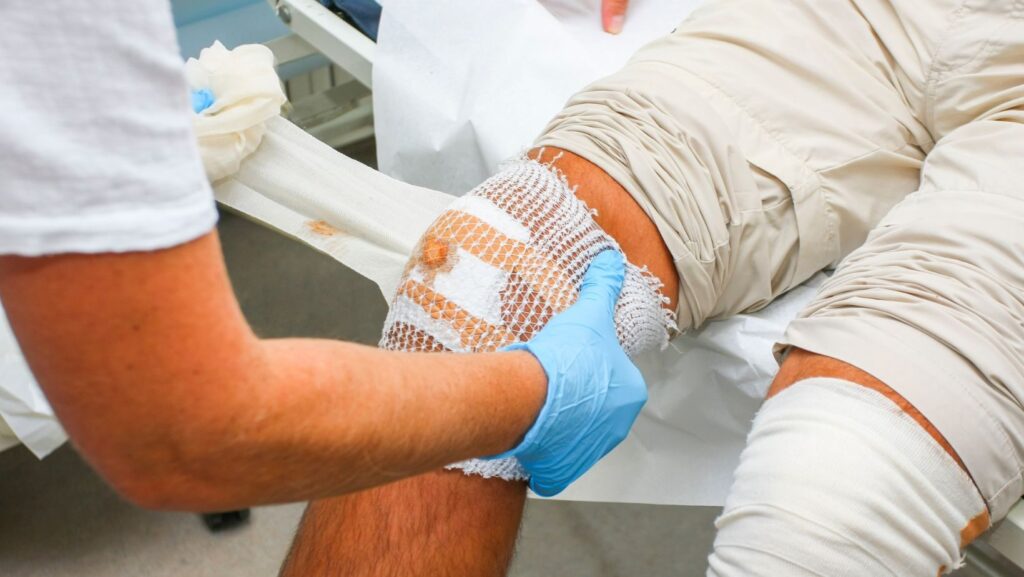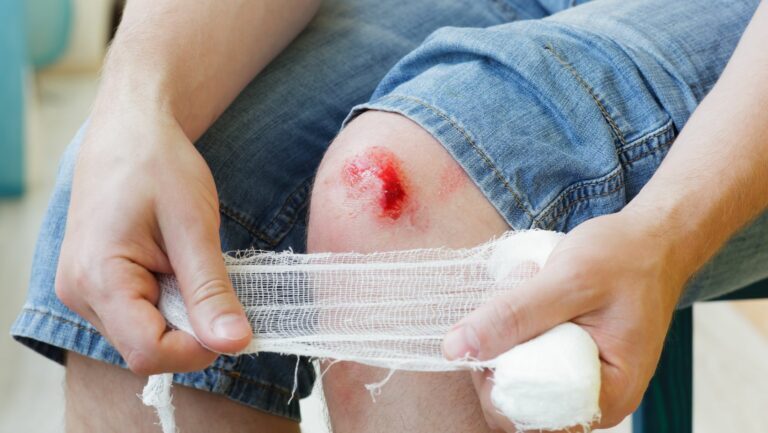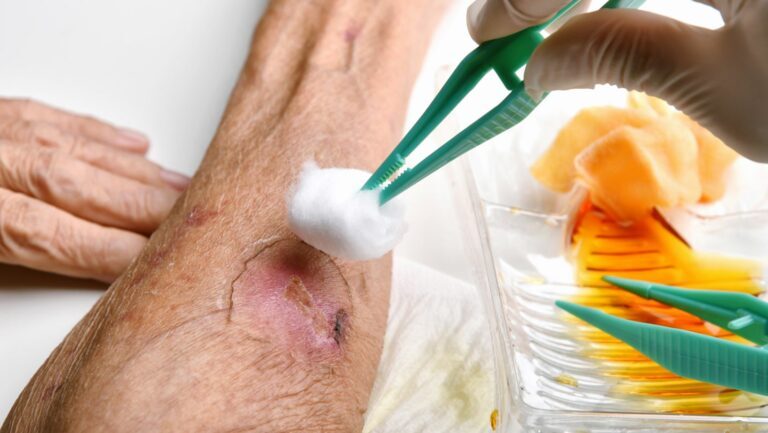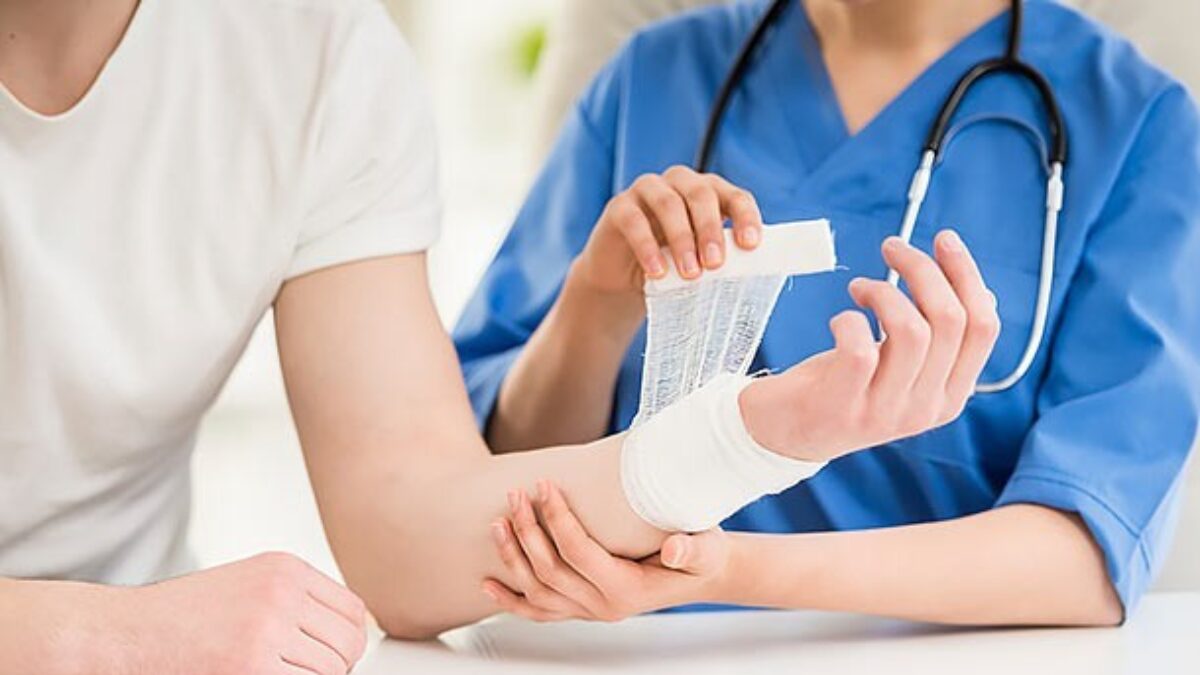Explore how The Center for Wound and Hyperbaric Medicine is revolutionizing wound care through advanced treatments, hyperbaric therapy, and patient-centered healing approaches.
also read: https://www.comfortglobalhealths.com/the-saints-of-medicine-the-intersection-of-faith-and-healing/
Introduction
In recent years, wound care has undergone a massive transformation. No longer confined to traditional cleaning and bandaging, advanced centers are using cutting-edge technology and scientific approaches to accelerate healing and improve outcomes. One such groundbreaking institution is The Center for Wound and Hyperbaric Medicine. This article offers a comprehensive and informative overview of how this center is revolutionizing wound care and bringing renewed hope to patients struggling with chronic and complex wounds.
Understanding Wound Care: Why It Matters
Wound care is not merely a medical routine—it is a critical component of healthcare for individuals suffering from injuries, infections, diabetes-related ulcers, post-surgical complications, and other chronic conditions. When wounds fail to heal on their own, they become susceptible to infection, tissue death, and sometimes even amputation. Proper wound management can prevent these serious outcomes.
Traditional wound care often involves:
- Regular cleaning
- Dressing changes
- Topical medications
- Antibiotics
While these methods are still valuable, The Center for Wound and Hyperbaric Medicine goes beyond the basics to offer highly specialized, science-backed treatments.
What Makes The Center for Wound and Hyperbaric Medicine Unique?
The Center is distinguished by its integrated, multidisciplinary approach. Rather than treating wounds in isolation, it looks at the entire patient—taking into account medical history, lifestyle, circulation, and underlying conditions. This holistic approach results in more targeted, effective treatment.

1. State-of-the-Art Facility
Equipped with advanced diagnostic tools and a sterile, comfortable environment, the center is designed to foster healing. From private consultation rooms to modern hyperbaric oxygen chambers, the setting ensures both efficacy and patient comfort.
2. Multidisciplinary Team of Specialists
A team of wound care experts—including physicians, nurses, vascular surgeons, podiatrists, and certified hyperbaric technicians—work together under one roof. This collaboration streamlines care and enables faster decision-making.
3. Patient-Centered Approach
The Center is deeply committed to patient education, follow-up, and emotional support. Each treatment plan is customized to the individual, ensuring personal care and attention every step of the way.
Hyperbaric Oxygen Therapy: A Key Innovation
One of the core components of this center’s advanced care is Hyperbaric Oxygen Therapy (HBOT).
What is HBOT?
HBOT involves breathing pure oxygen in a pressurized room or chamber. Under these conditions, your lungs can gather more oxygen than would be possible breathing pure oxygen at normal air pressure. The blood carries this oxygen throughout the body, stimulating the release of growth factors and stem cells, which promote healing.

Benefits of HBOT in Wound Care
- Accelerated tissue repair
- Reduced swelling and inflammation
- Improved blood flow to wound sites
- Enhanced white blood cell activity to fight infection
- Stimulation of new blood vessel growth (angiogenesis)
This therapy is especially effective for:
- Diabetic foot ulcers
- Radiation injuries
- Post-surgical wounds
- Osteomyelitis (bone infections)
Types of Wounds Treated at the Center
The Center for Wound and Hyperbaric Medicine treats a wide variety of wounds that are often resistant to conventional care. These include:
| Type of Wound | Description |
|---|---|
| Diabetic Ulcers | Caused by poor circulation and nerve damage in diabetics |
| Pressure Sores (Bedsores) | Occur from prolonged pressure on skin, common in immobile patients |
| Venous Ulcers | Result from improper functioning of vein valves |
| Surgical Wounds | Post-operative incisions that fail to heal properly |
| Traumatic Injuries | Deep cuts, crush injuries, or other severe trauma |
| Radiation-Induced Wounds | Tissue damage resulting from radiation therapy |
Each wound is assessed and classified to determine the best treatment path, often combining multiple therapies for maximum effectiveness.
Diagnostic Tools and Techniques Used
A major reason this center is at the forefront of wound healing is its use of advanced diagnostic tools, including:
Transcutaneous Oxygen Measurement (TcOM)
This test measures the amount of oxygen delivered to tissues and helps assess the need for HBOT.
Doppler Ultrasound and ABI (Ankle-Brachial Index)
These tests evaluate blood flow and identify blockages that may affect wound healing.
Digital Imaging and Wound Measurement Tools
The center uses software and imaging tools to document progress and adjust treatments accordingly.
Advanced Treatment Options
Beyond HBOT, the center also offers a range of modern wound care therapies:

1. Bioengineered Skin Substitutes
These lab-grown tissues are applied to wounds to jump-start healing, especially in chronic ulcer cases.
2. Negative Pressure Wound Therapy (NPWT)
A vacuum device is used to promote wound healing by drawing out fluid and increasing blood flow.
3. Debridement Techniques
Skilled removal of dead or infected tissue speeds up the healing process.
4. Growth Factor Treatments
Topical or injected growth factors encourage cell regeneration.
Patient Education and Aftercare
Education is key to preventing future wounds and promoting long-term health. Patients receive guidance on:
- Proper wound cleaning techniques
- Nutritional support for tissue repair
- Managing blood sugar (for diabetic patients)
- Smoking cessation support
- Compression therapy for venous issues
Regular follow-ups are part of the plan to monitor healing and prevent recurrence.
Real Success Stories
Patients at The Center for Wound and Hyperbaric Medicine have reported remarkable improvements. Some patients with non-healing wounds for over a year have found relief in just a few weeks of treatment. Others who were at risk of amputation have walked away fully recovered. These results show that with the right care, even the most stubborn wounds can heal.
The Importance of Early Intervention
One of the key lessons emphasized by the Center is early intervention. The sooner a wound is treated, the better the outcome. Delays can lead to infection, hospitalization, and even loss of limb. That’s why the center encourages patients and healthcare providers to seek specialized wound care at the earliest signs of delayed healing.
Table: Key Features of The Center for Wound and Hyperbaric Medicine
| Feature | Benefit |
|---|---|
| Hyperbaric Oxygen Chambers | Accelerated healing for chronic wounds |
| Multidisciplinary Team | Integrated and personalized care |
| Advanced Diagnostic Tools | Accurate wound assessment and treatment planning |
| Modern Therapeutic Options | Effective for resistant and chronic wound types |
| Emphasis on Patient Education | Long-term prevention and faster recovery |
FAQs About The Center for Wound and Hyperbaric Medicine
1. Is Hyperbaric Oxygen Therapy painful?
No, HBOT is a non-invasive and painless treatment where patients typically relax or sleep during the session.
2. How long is each HBOT session?
A typical session lasts around 90 to 120 minutes and is usually done daily for several weeks depending on the wound severity.
3. Is this treatment covered by insurance?
Many insurance plans, including Medicare, cover HBOT and other wound care treatments when medically necessary.
4. Can children undergo treatment at the center?
Yes, pediatric cases are handled with special protocols and care plans.
5. Are there any side effects of HBOT?
Side effects are rare but may include ear discomfort, sinus issues, or temporary vision changes.
6. Do I need a referral to visit the center?
While a referral helps, many centers accept self-referrals after an initial consultation.
7. What kind of diet helps in wound healing?
A protein-rich diet with vitamins A, C, and zinc supports tissue repair and recovery.
8. How is infection monitored during treatment?
Regular lab tests and wound cultures are conducted to track bacterial activity and treatment effectiveness.
9. Can patients with pacemakers undergo HBOT?
Yes, but it depends on the type of pacemaker. The center evaluates this on a case-by-case basis.
10. Is wound care available for cancer patients post-radiation?
Absolutely. The center specializes in radiation-induced wounds and uses therapies like HBOT to treat them effectively.
Conclusion
Revolutionizing Wound Care: A Deep Dive into The Center for Wound and Hyperbaric Medicine reveals how modern technology, a dedicated medical team, and patient-focused protocols are changing the face of wound management. By offering advanced therapies like HBOT, combining diagnostic precision with compassionate care, and focusing on long-term recovery, the center stands at the forefront of wound healing innovation. Whether you’re a patient, caregiver, or healthcare provider, early and specialized care from such a center can be the difference between chronic suffering and complete recovery.
also read: https://www.comfortglobalhealths.com/the-impact-of-stress-on-your-mind-and-body-strategies-for-2024/










